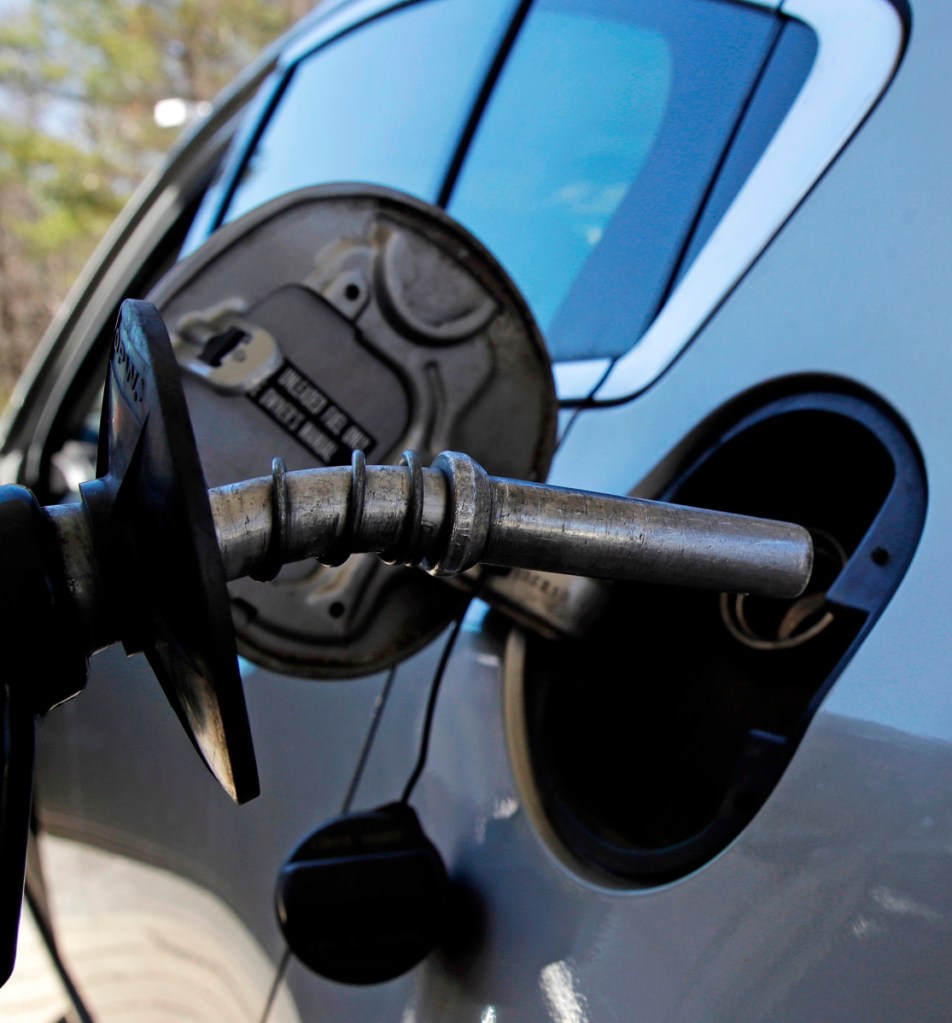LOS ANGELES — Get ready for a little bit more pain at the pump this summer.
Crude oil prices are at the highest level in more than three years and are expected to keep climbing, pushing up gasoline prices along the way.
The U.S. daily national average for regular gasoline is now $2.81 per gallon. That’s up from about $2.38 per gallon a year ago, according to Oil Price Information Service. And across the U.S., 16 percent of gas stations are charging more than $3 per gallon, according to AAA.
“This will be the most expensive driving season since 2014,” said Tom Kloza, global head of energy analysis for Oil Price Information Service.
The price of U.S. crude oil has been on a mostly steady incline since last June, this past week hitting $68.64, the highest since December 2014. Benchmark U.S. crude closed Monday at $68.57.
Oil prices near $70 shouldn’t put the brakes on economic growth, however. While they’re boosting costs for some sectors of the economy, the energy sector and related industries have more money to spend on equipment and workers.
But higher oil prices are certainly an inconvenience for drivers, especially those with lower incomes.
“The good news is, both at the global level and the U.S. level, this is occurring at a time when growth is fairly robust,” said Nariman Behravesh, chief economist at IHS Markit. “But consumers as a whole will be hurt, mostly because gasoline prices are going up.”
Kevin Lanke in Redondo Beach, California, says he’s now paying about $3.39 per gallon to fill up the 25-gallon tank in his 2000 Land Cruiser SUV. That’s about 20 cents more per gallon than a couple of months ago.
“I would fill up my car and it would be $52 or $53,” said Lanke, 51. “Now it’s in the mid-$60s for the same amount of gas.”
Lanke keeps the recent increase in perspective, noting that three years ago he and his fellow Californians were paying over $4 per gallon. But he’s already weighing his options, saying if gas goes to $4 a gallon he’ll buy a more fuel-efficient car to use as his main ride and drive the Land Cruiser only when he needs it.
A wave of global economic growth has driven up demand for oil. At the same time, production cutbacks initiated by OPEC last year have reduced oil supplies.
Copy the Story LinkSend questions/comments to the editors.



Success. Please wait for the page to reload. If the page does not reload within 5 seconds, please refresh the page.
Enter your email and password to access comments.
Hi, to comment on stories you must . This profile is in addition to your subscription and website login.
Already have a commenting profile? .
Invalid username/password.
Please check your email to confirm and complete your registration.
Only subscribers are eligible to post comments. Please subscribe or login first for digital access. Here’s why.
Use the form below to reset your password. When you've submitted your account email, we will send an email with a reset code.